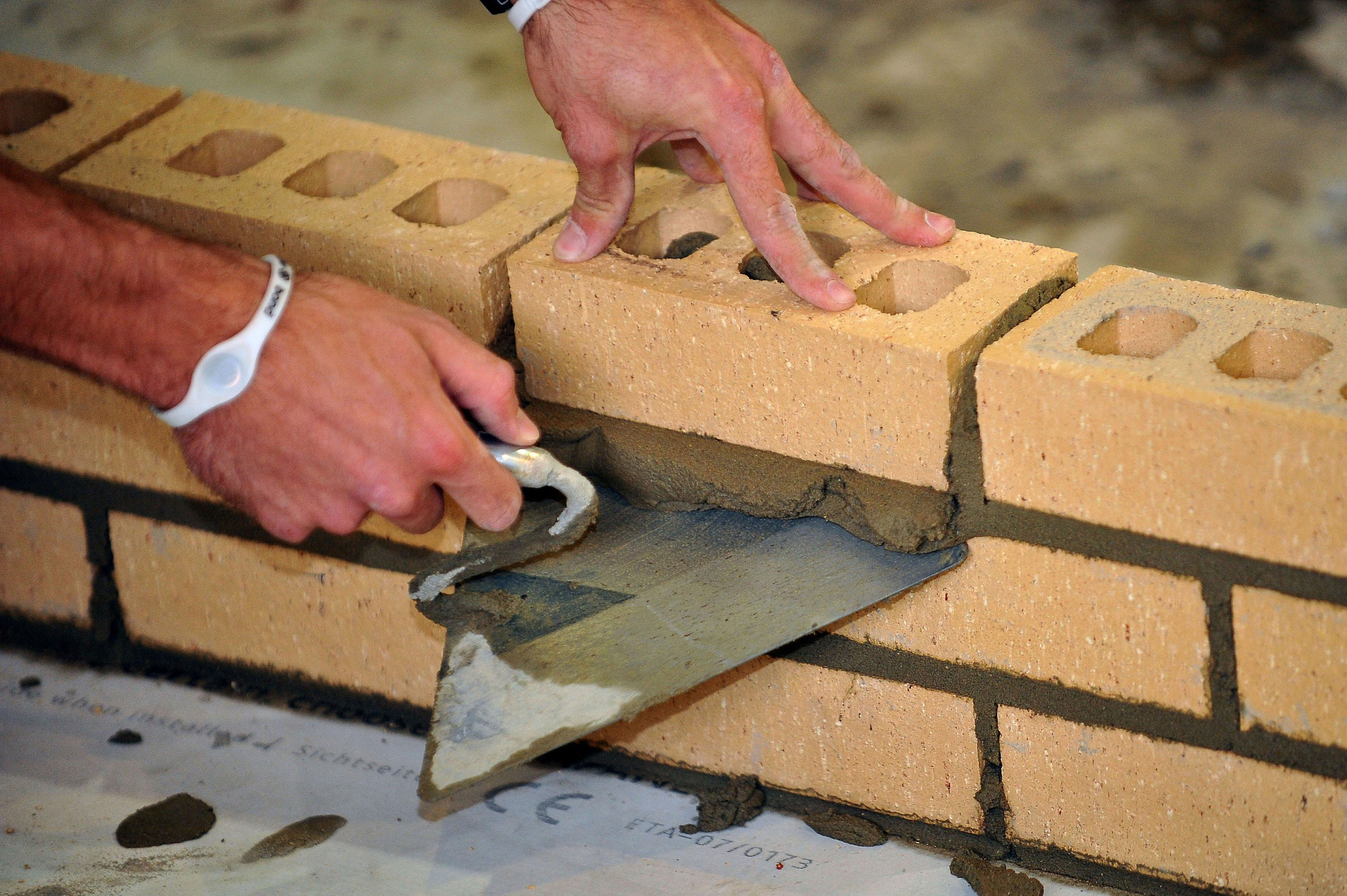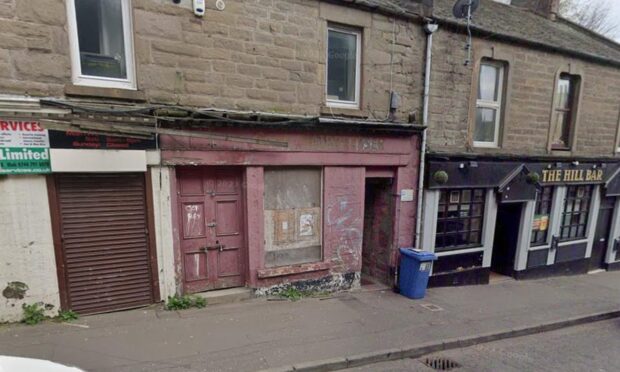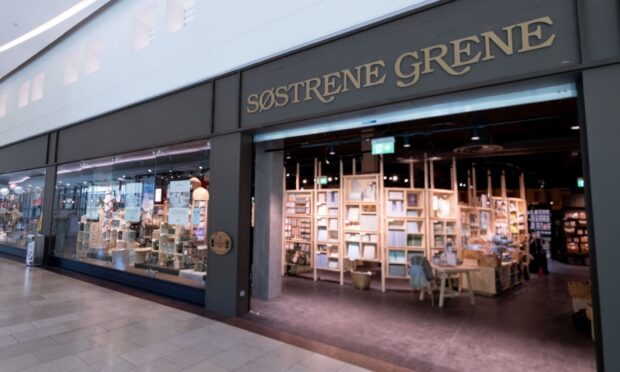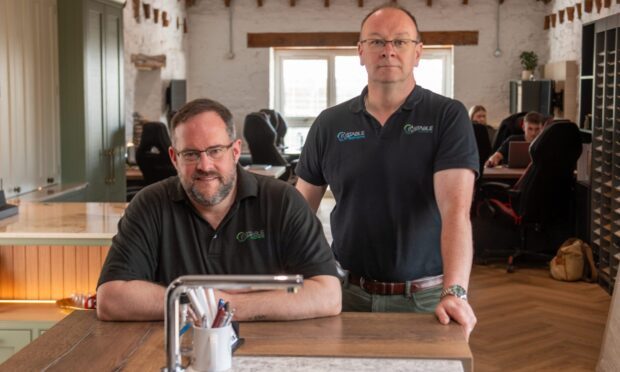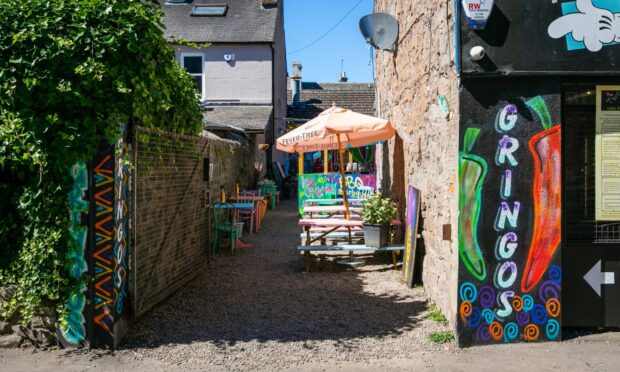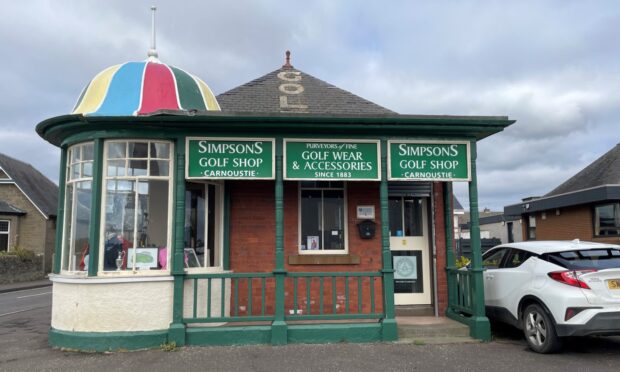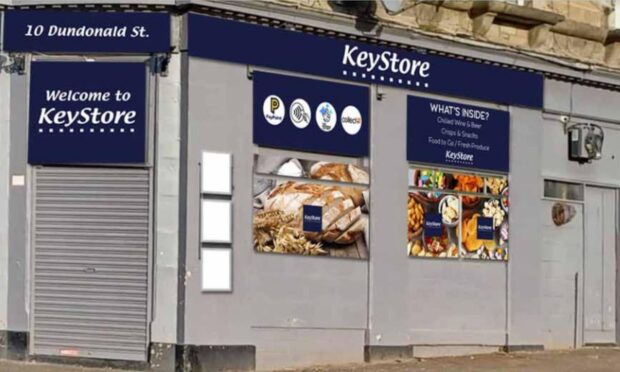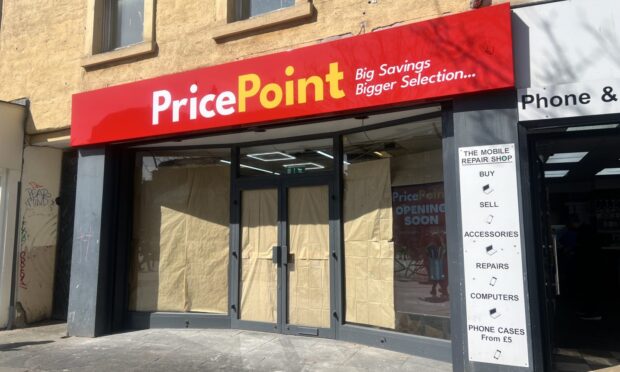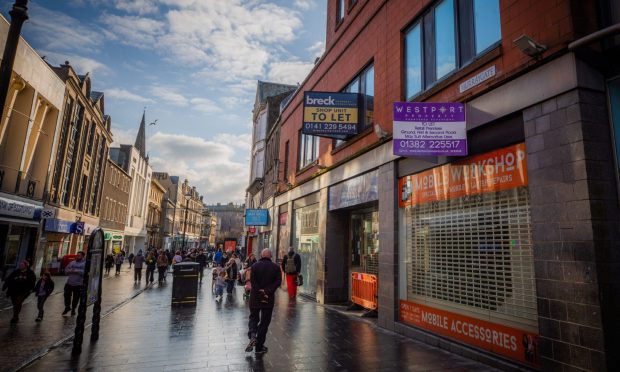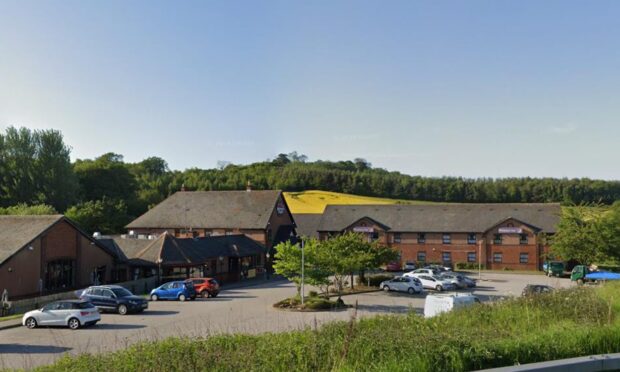The UK construction industry has fallen back into recession for the first time in four years, fuelling fears that the British economy is on course for a sharp slowdown in the wake of the Brexit vote.
The Office for National Statistics (ONS) said construction output dropped by 0.7% in the second quarter, following a 0.3% fall in the first quarter, meaning the industry recorded two consecutive quarters of negative growth for the first time since 2012.
It added that construction output dropped by a lower-than-expected 0.9% in June, compared to a 2.1% fall in May, with economists expecting a 1% decline.
The slide in output comes as the latest Markit/CIPS construction purchasing managers’ index (PMI) showed that the industry had made its fastest fall since June 2009 last month, with a reading of 45.9 in July, down slightly from 46 in June but above economists’ expectations of 44.
Samuel Tombs, chief UK economist of Pantheon Macroeconomics, said the sector had re-entered recession as public sector cuts and Brexit uncertainty took their toll.
“The downturn looks set to deepen in the third quarter; July’s construction PMI broadly is consistent with output falling by about 3.5% quarter-on-quarter,” he added.
The industry delivered a higher-than-expected drop of 2.2% in June compared to the year before, with economists pencilling in a 2.1% decline.
The fall in the three months to June was driven by a 0.8% drop in all new work, while repair and maintenance was 0.5% lower.
However, the ONS said there was “very little anecdotal evidence at present to suggest that the referendum has had an impact on output”.
Construction’s second quarter fall was revised to 0.7% from ONS’ initial estimate of 0.4% made at the end of July, but this change did not impact upon its estimate for gross domestic product (GDP) for the period.
GDP grew by 0.6% for the second quarter, up from 0.4% in the first quarter of 2016, thanks to the strongest performance from industrial production since 1999, according to official figures.
Mr Tombs said protracted Brexit negotiations will hamper the construction industry going forward, causing businesses to hold off from committing capital expenditure.
“In addition, the public investment plans won’t be reviewed until the Autumn Statement at the end of the year and few construction projects are genuinely ‘shovel ready’,” he added.
“Accordingly, we continue to think that a slump in construction activity will play a key role in pushing the overall economy into recession over the coming quarters.”
